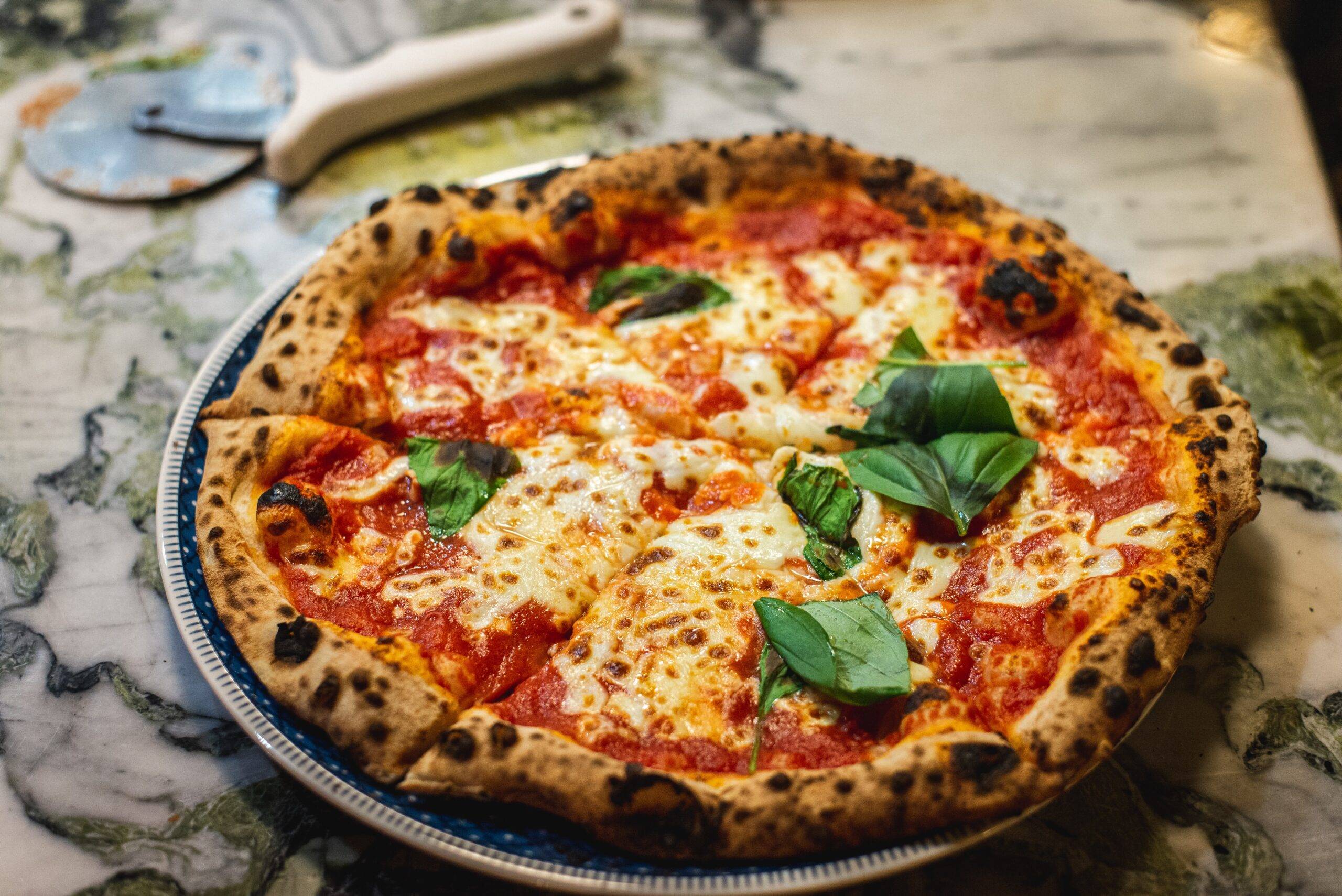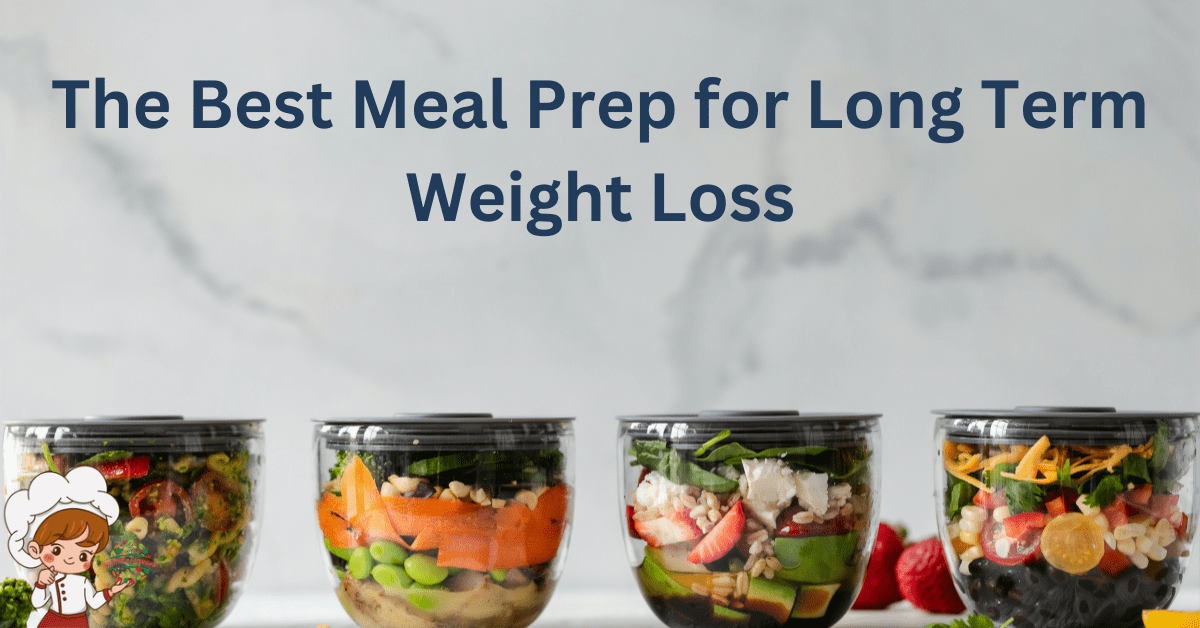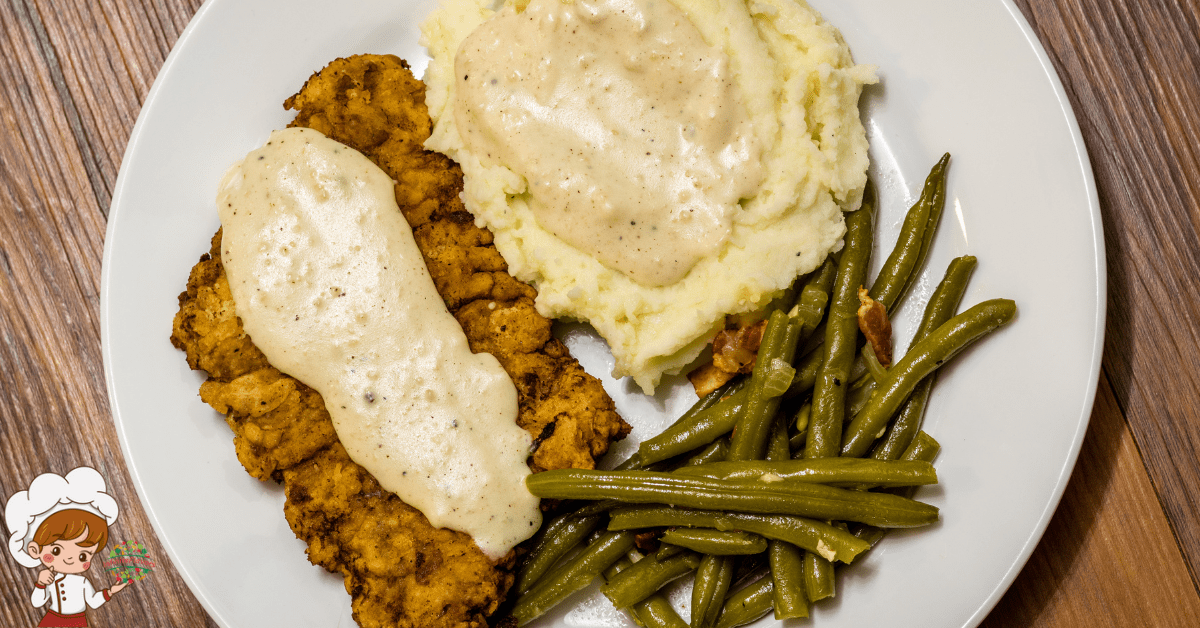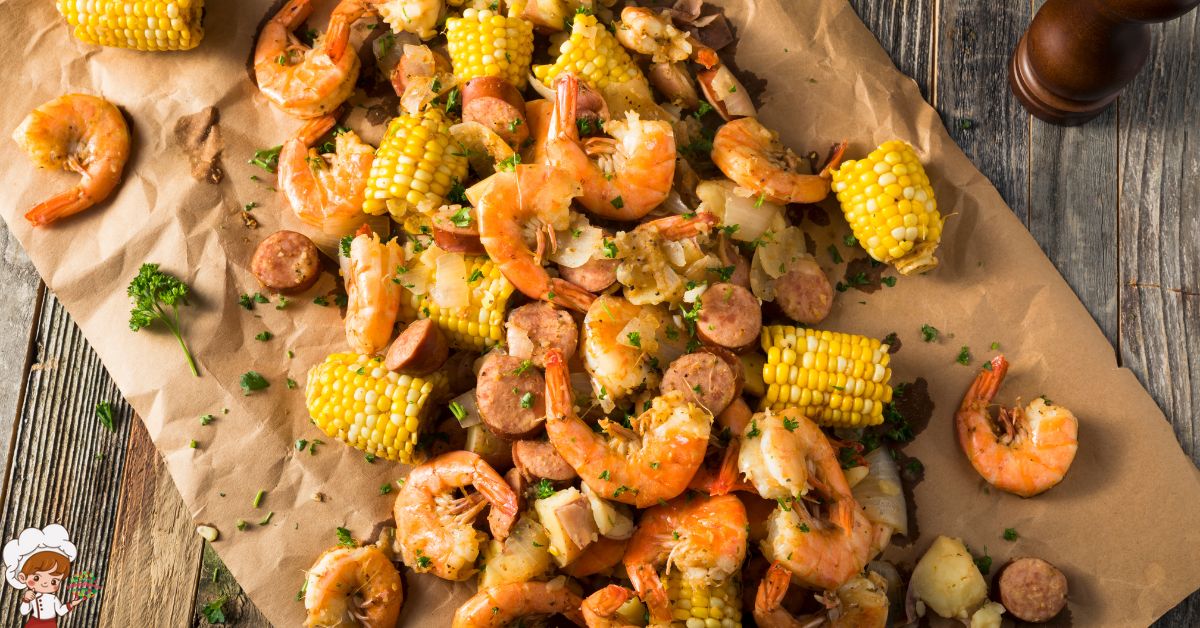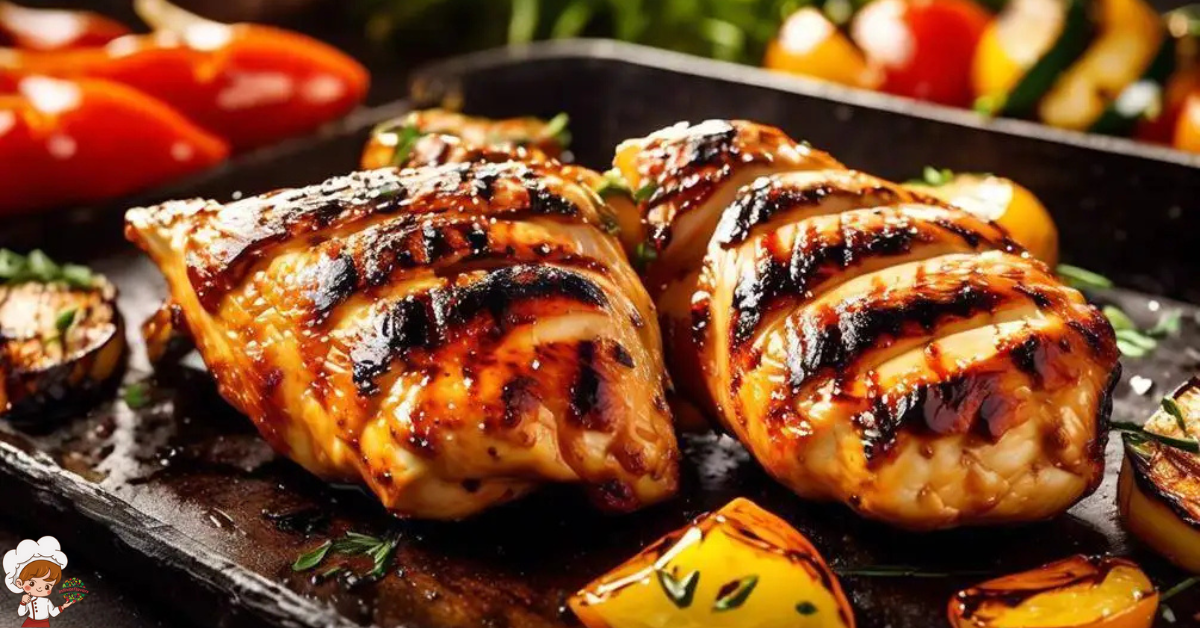Amazing 3D Printed Food Recipes And Techniques
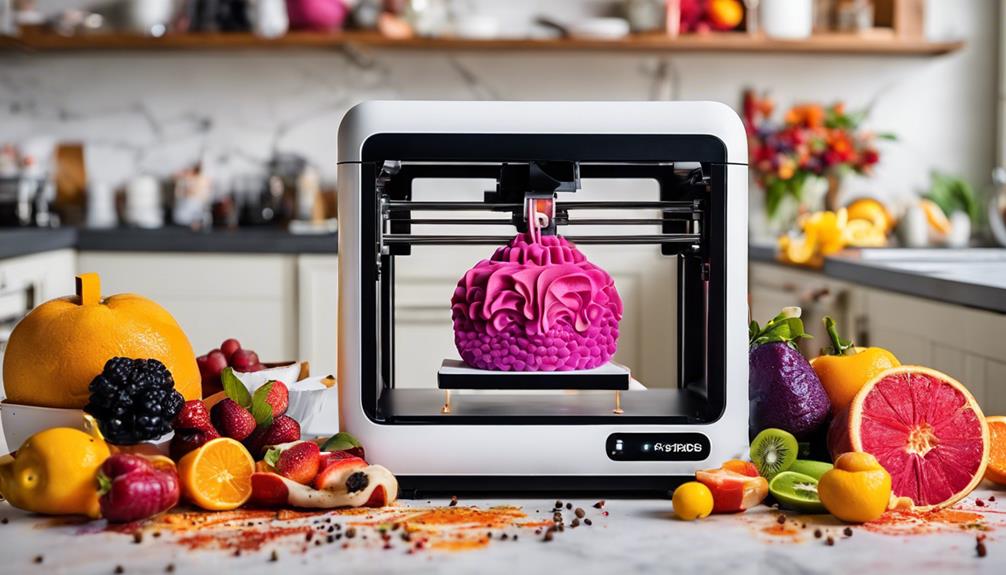
If you’re exploring 3D Printed Food Recipes And Techniques, you’re in for a treat! This innovative approach combines culinary art with technology, letting you create unique edible designs layer by layer. You’ll need a reliable 3D food printer and some creative software to get started. Choose high-quality ingredients that cater to your dietary needs while experimenting with shapes and flavors. Master the basics of extrusion methods and calibration to refine your creations. With practice, you can elevate your meals into works of art. Keep going, and you’ll discover exciting tips that can take your 3D food printing skills to the next level!
What Is 3D Printed Food?
3D printed food is a revolutionary approach to cooking that combines technology and culinary art. This innovative technique utilizes specialized design software to create edible items layer by layer, allowing for unparalleled food customization. Imagine crafting dishes that not only look stunning but also cater to specific dietary needs through precise ingredient selection.
In the domain of digital gastronomy, 3D printing opens doors to unique flavor pairing and artistic expression, transforming how you think about food. With culinary technology at your fingertips, you can experiment with textures and shapes that traditional cooking methods simply can’t achieve. As you explore these innovative applications, you’ll find that 3D printed food can enhance your culinary creativity, enabling you to design everything from intricate desserts to savory meals.
However, it’s essential to prioritize 3D food safety, ensuring that the materials and processes used meet health standards. As you investigate this future cuisine, you’ll discover that the combination of science and artistry can lead to exciting possibilities in your kitchen, redefining what it means to cook in the modern age.
Benefits of 3D Printing in Cooking
The integration of 3D printing in cooking brings a multitude of benefits that can enhance your culinary experience. One of the most significant advantages is its ability to provide time-saving solutions. Instead of spending hours on intricate designs or complicated recipes, you can quickly create beautifully crafted dishes with just a few clicks. This efficiency allows you to focus on other aspects of your meal preparation, making your cooking process smoother and more enjoyable.
Additionally, 3D printing offers personalized nutrition tailored to your specific dietary needs. You can customize ingredients and flavors, ensuring that each meal fits your health goals and preferences. Whether you’re looking to reduce sugar intake or increase protein, 3D printing lets you control what goes into your food, promoting better eating habits.
Moreover, the ability to experiment with shapes and textures opens up new culinary possibilities. You can create unique presentations that impress your guests, making meals more visually appealing and exciting. By embracing this technology, you not only save time and meet your nutritional needs but also elevate your cooking to an innovative and artistic level.
Essential Equipment for 3D Printing
Equipping your kitchen for 3D printing involves more than just having a printer; you’ll need a few essential tools to guarantee a seamless cooking experience. First, you’ll require a reliable 3D food printer. Look for one that’s designed specifically for food, as it’ll handle various filament types, such as chocolate, dough, and purees.
Next, don’t forget about the slicing software, which converts your designs into printable files. This software is essential for adjusting settings like temperature and speed to suit different materials.
Additionally, you’ll need a clean work surface and utensils for post-printing assembly or finishing touches. A food-safe silicone mat can help catch any messes.
Lastly, printer maintenance is critical. Regularly clean the nozzle and check for any clogs or wear to guarantee your printer runs smoothly. Keeping spare parts handy, like nozzles and compatible filament, will also save you time and frustration.
With these essentials in your kitchen, you’ll be well-equipped to explore the exciting world of 3D printed food!
Choosing Ingredients for 3D Printing
When you choose ingredients for 3D printing, you need to think about their nutritional value and how they’ll affect texture and consistency. Not all foods will print well, so it’s essential to select those that maintain their shape and taste after being extruded. By focusing on these factors, you can create delicious and visually appealing 3D printed meals.
Nutritional Value Considerations
Choosing the right ingredients for 3D printed food is essential for ensuring both taste and nutritional value. When planning your meals, focus on nutrient density by selecting ingredients rich in vitamins and minerals while considering portion control. This approach helps you manage calorie counting effectively, ensuring you meet dietary goals without sacrificing flavor balance.
Pay close attention to dietary restrictions; whether you’re catering to gluten-free, vegan, or other specific needs, proper ingredient sourcing is vital. Always prioritize food safety by choosing high-quality, fresh ingredients that minimize the risk of contamination.
As you experiment with 3D printing, think about how each ingredient contributes to the overall nutritional profile. This not only enhances the health benefits of your creations but also keeps your meals interesting and diverse. By incorporating a variety of nutrient-dense ingredients, you can create visually appealing and flavorful dishes that cater to various dietary needs.
Texture and Consistency Factors
Selecting the right ingredients not only influences nutritional value but also plays a significant role in achieving the desired texture and consistency of your 3D printed food. To create layered textures, you’ll need to evaluate material viscosity. Thicker materials can provide better structural integrity, while thinner ones allow for intricate designs. Adjusting the printing speed is vital; faster speeds may compromise surface finish, while slower speeds can enhance detail.
Temperature control is another key factor. Different ingredients react differently at various temperatures, affecting how well they hold together during printing. Experimenting with temperature can help you achieve the perfect consistency for flavor infusion, ensuring each layer retains its unique taste.
Ingredient compatibility also matters. Combining various ingredients can lead to unexpected results, so testing different combinations is essential. Pay attention to how the ingredients interact and affect each other’s viscosity and texture.
Basic Techniques for 3D Printing
How can you effectively get started with 3D printing your own food? First, familiarize yourself with the different extrusion methods, as these are essential for your printing success. Fused deposition modeling (FDM) is popular; it works by melting and extruding food materials layer by layer. You’ll need a food-safe printer designed for this purpose.
Next, pay attention to layer adhesion. Good adhesion between layers guarantees your printed food holds together properly. If the layers don’t stick well, you might end up with a messy outcome that’s not appetizing. You can improve adhesion by adjusting the temperature settings of your printer, making sure the material flows smoothly, and using the right speed during printing.
Lastly, experiment with various food materials—like purees, doughs, and chocolates—to see what works best for you. Each material behaves differently, so you’ll need to tweak your settings accordingly. Start small with simple shapes and gradually move to more complex designs as you gain confidence. With practice, you’ll master the techniques of 3D printing food, paving the way for your culinary creativity.
Designing Your Food Models
Creating your food models involves a blend of creativity and technical skill that can elevate your 3D printing experience. To start, think about the food aesthetics you want to achieve. Consider colors, shapes, and textures that will make your creations visually appealing. Use design software to sketch your ideas, guaranteeing you pay attention to details that enhance the overall look.
Next, focus on model precision. This is essential for both the printing process and the final product. Confirm your dimensions are accurate and that the model is structurally sound. You don’t want any part of your food model to collapse or distort during printing.
Experiment with different materials, as they can impact the texture and taste of the final product. For example, using edible inks can allow for intricate designs that not only look good but also complement the flavor.
Popular 3D Printed Food Recipes
When you explore popular 3D printed food recipes, you’ll find a world of unique ingredients waiting to be used. From creative dessert designs that wow your guests to savory meal inspirations that satisfy your cravings, the possibilities are endless. Let’s uncover some exciting ideas that will transform your culinary creations!
Unique Ingredients to Use
While experimenting with 3D printed food, you’ll discover that using unique ingredients can elevate your culinary creations to new heights. Consider incorporating exotic spices like saffron or sumac to add depth and intrigue to your dishes. Alternative flours, such as almond or coconut flour, not only provide distinct flavors but also cater to those with dietary restrictions.
Plant-based proteins can be a game changer, offering a nutritious base for your recipes. Use natural colorants like beet juice or spirulina to create vibrant, eye-catching designs. Superfood powders, including matcha or acai, not only boost health benefits but also enhance your dishes’ aesthetic appeal.
Experiment with unique sweeteners like monk fruit or agave to provide alternative flavor profiles. Edible flowers can transform a simple dish into a work of art, while fermented ingredients like miso or kimchi add a tangy twist.
Molecular gastronomy techniques can help you create savory gels that infuse your creations with unexpected textures. By combining these diverse ingredients, you’ll craft 3D printed meals that are as delightful to the eye as they are to the palate.
Creative Dessert Designs
With a dash of creativity, 3D printed desserts can transform ordinary ingredients into extraordinary treats. You can explore a world of flavor pairings by combining unexpected tastes, like matcha and white chocolate or raspberry and basil. These unique combinations not only tantalize the palate but also elevate the visual appeal of your creations.
Mold designs play an essential role in 3D printed desserts. You can choose from intricate patterns or whimsical shapes that will impress your guests and make every bite a feast for the eyes. Consider using molds that mimic natural forms, like flowers or geometric shapes, to add an artistic touch.
Don’t shy away from experimenting! By mixing different textures, colors, and flavors, you’ll create stunning desserts that stand out. Try layering flavors in your prints for a surprise with every bite. From delicate chocolate filigree to vibrant fruit gels, the possibilities are endless.
Savory Meal Inspirations
After exploring the art of 3D printed desserts, it’s time to spice things up with savory meal inspirations. Imagine creating intricate pasta shapes or unique vegetable dishes that not only taste great but also look stunning on your plate. Start by experimenting with various spice combinations to elevate your dish. Think of fragrant herbs, zesty spices, and unexpected flavors that can transform a simple recipe into a culinary masterpiece.
One exciting idea is to 3D print a layered lasagna, where each layer features different flavor profiles. You can incorporate a rich marinara sauce, creamy béchamel, and a mix of cheeses, all separated by freshly printed pasta sheets. This method not only enhances flavor layering but also provides a visual feast that draws diners in.
Another inspiration is to create 3D-printed stuffed peppers. Use a blend of quinoa, veggies, and spices, and print each pepper with an intricate design. The combination of textures and flavors will leave everyone asking for seconds.
With 3D printing, the possibilities for savory meals are endless. Get creative, and let your imagination run wild in the kitchen!
Customizing Flavors and Textures
Often, you can enhance the experience of 3D printed food by customizing its flavors and textures to suit your preferences. One effective method is flavor infusion, where you can incorporate various ingredients into your food mixtures. Think about adding spices, herbs, or even fruit purees to create exciting taste profiles. Experimenting with different combinations can lead to delightful surprises and elevate your dishes beyond the ordinary.
Texture modulation is just as vital. You can adjust the consistency of your food by manipulating the ingredients used. For example, you might combine soft ingredients like yogurt with firmer ones like nuts to achieve a pleasing contrast. By doing so, you not only satisfy your taste buds but also create a sensory experience that engages your senses.
When you’re designing your 3D printed food, consider using different nozzle sizes or adjusting print speeds to influence the final texture. The possibilities are endless. Whether you want a creamy pasta or a crunchy snack, customizing flavors and textures allows you to create meals that are uniquely yours. So roll up your sleeves and start experimenting; your taste buds will thank you!
Creative Plating Ideas
When you plate your 3D printed creations, think about how to arrange them artistically to catch the eye. Play with colorful ingredient combinations and experiment with textural contrasts to elevate your dish. These creative plating ideas can transform your food into a visual masterpiece that enhances the dining experience.
Artistic Food Arrangements
Creative plating can transform a simple meal into a stunning visual experience. When you focus on food aesthetics, you not only enhance the meal’s appeal but also elevate the dining experience. Start by mastering various plating techniques that allow for artistic presentation. Experiment with flavor layering to create depth in your dishes, making every bite a delightful surprise.
Consider incorporating seasonal themes into your designs. For instance, during autumn, you might use rich colors and warm ingredients to reflect the season’s charm. Don’t shy away from creating intricate designs; use molds or 3D-printed elements to shape your food into edible sculptures that wow your guests.
Pay attention to the visual appeal by arranging components thoughtfully on the plate. Use negative space to draw the eye towards the main attraction, and garnish wisely to add a pop of color or texture. Remember, every detail matters in creating that perfect artistic food arrangement. Ultimately, the goal is to make your creations not just a meal but a feast for the eyes, inviting everyone to enjoy the artistry of your culinary efforts.
Colorful Ingredient Combinations
Incorporating vibrant ingredient combinations can breathe life into your dishes and make your plating stand out. To achieve this, consider using vibrant color palettes that contrast and complement each other. Think bright reds from roasted beets, deep greens from fresh herbs, and sunny yellows from squash. Not only do these colors excite the eye, but they also signal freshness and flavor.
Utilizing ingredient layering techniques can further enhance your presentation. Begin with a base layer of colorful puree or sauce, then stack components like grilled vegetables or proteins on top. This creates depth and dimension, drawing the diner’s attention. For an extra pop, sprinkle edible flowers or microgreens on top.
Don’t forget about garnishes! A drizzle of balsamic reduction or a sprinkle of crushed nuts can add both visual appeal and texture. Remember, the key is balance—ensure your plates look intentional and not overcrowded. By thoughtfully selecting ingredients and applying layering techniques, you’ll create dishes that are not only delicious but also visually stunning. Your guests will appreciate the effort, and it’ll elevate their dining experience.
Textural Contrast Techniques
Textural contrast can elevate your dishes from ordinary to extraordinary with just a few thoughtful techniques. By playing with layered structures and incorporating contrasting textures, you can create a dining experience that excites the palate and the eyes.
Start by choosing a base layer, like a smooth puree or a creamy sauce, to provide a rich foundation. Then, add a contrasting element, such as crispy elements—think fried shallots or crunchy nuts—to introduce a satisfying crunch. You could also experiment with temperature differences; serve a warm element alongside something chilled, like a creamy soup with a dollop of chilled yogurt.
Don’t forget about visual appeal! Arrange your food in a way that highlights the different textures. For example, stack your layers to create height and interest or use a ring mold to show off the distinct layers clearly. Finally, sprinkle garnishes that add both flavor and texture, such as microgreens or seeds, to tie everything together.
Sustainability in 3D Printed Food
Amid growing concerns about food waste and environmental impact, sustainability in 3D printed food is becoming a vital consideration. You can embrace sustainable sourcing by choosing ingredients that are responsibly produced and harvested. This means looking for local suppliers or organic farms that prioritize eco-friendly practices. By utilizing ingredients with a lower environmental footprint, you contribute positively to the planet.
Additionally, 3D printing allows for precise portion control, which can greatly reduce food waste. You can create customized meals that meet your dietary needs, ensuring you only use what you need. This technology also opens the door to using alternative proteins and edible materials that are often overlooked, such as insects or plant-based products, promoting a more sustainable diet.
Moreover, 3D printing can minimize energy consumption compared to traditional cooking methods. By optimizing the cooking process, you can save resources while still enjoying delicious meals. Ultimately, by focusing on sustainable sourcing and adopting eco-friendly practices, you can make a meaningful impact on the food system. Embracing these principles not only benefits you but also supports a healthier planet for future generations.
Challenges of 3D Printed Cooking
The challenges of 3D printed cooking can be quite intimidating for both chefs and home cooks. One major hurdle is design limitations; not every recipe translates well into a printable format. You’ll also need to take into account material compatibility, as not all food substances can be effectively used in a 3D printer, impacting your flavor integration.
Printing speed can be another challenge. Slower printing can lead to undesirable textures or cooling issues, affecting the final dish’s quality. Food safety is paramount, too; ensuring that the materials and processes meet health standards is essential. Machine calibration plays a significant role in achieving consistent results, and any misalignment can ruin your culinary creations.
User experience varies widely among different 3D printers, which can affect your confidence in the kitchen. Finally, while 3D printing allows for some artistic expression, it can sometimes stifle creativity if you’re too focused on the technology rather than the food itself. Balancing these challenges requires patience and experimentation, but overcoming them can lead to uniquely innovative dishes that push culinary boundaries.
Health Considerations
When exploring 3D printed food, it is vital to take into account health implications associated with the ingredients and printing processes. You should always check the nutritional value and potential allergens in the ingredients you choose. If you or anyone you’re cooking for has dietary restrictions, like gluten intolerance or nut allergies, make certain the materials you’re using are safe for them.
Food safety is another important aspect. Verify that the food printers you use are clean and maintained properly to prevent contamination. Pay close attention to the temperature settings during the printing process, as improper temperatures can lead to bacterial growth.
It’s also wise to keep an eye on the shelf life of the printed food. Some printed items may not have the same longevity as traditionally prepared meals. Always label your creations with preparation dates to monitor freshness.
Future Trends in 3D Printed Cuisine
How will 3D printed cuisine evolve in the coming years? You can expect a surge in culinary innovation as chefs and home cooks alike embrace this technology. As food printing becomes more accessible, it’ll allow for unique textures and shapes that traditional cooking can’t achieve. Imagine creating intricate designs that reflect cultural influences, bringing a new dimension to dining experiences.
In the future, 3D printed food might reflect local ingredients and regional cooking styles, blending tradition with technology. You’ll see an increase in personalized meals tailored to individual dietary needs and preferences, making dining both exciting and health-conscious. Sustainability will also play a key role; expect to see food printers utilizing plant-based materials or even lab-grown proteins, reducing waste and environmental impact.
Moreover, collaboration between technologists and chefs will lead to groundbreaking recipes, expanding the boundaries of flavor and presentation. As 3D printers become fixtures in kitchens worldwide, you’ll find an ever-evolving landscape where creativity knows no bounds. Embrace this culinary revolution, and get ready to experience a future where your meals are not just eaten but also crafted with artistry and precision.
Getting Started With 3D Printing
To get started with 3D printing food, you’ll need the right equipment and materials. Choosing suitable ingredients is essential for successful prints, and understanding basic printing techniques will set you up for success. Let’s explore what you need to kick off your culinary 3D printing journey.
Equipment and Materials Needed
Getting started with 3D printed food requires some specific equipment and materials to turn your culinary creativity into reality. First, you’ll need a 3D food printer. Look for models designed specifically for food, as they provide the necessary precision and temperature control. Next, gather your printing materials. Common choices include pureed fruits, vegetables, or edible pastes, making sure they’re compatible with your printer.
To guarantee food safety, always choose materials that are food-grade and free from harmful additives. It’s vital to check that your printer’s components won’t contaminate your creations—use food-safe nozzles and confirm proper cleaning procedures. You’ll also need a computer or device to create and upload your designs, so having design software on hand is essential.
Choosing Suitable Ingredients
When diving into the world of 3D printed food, choosing the right ingredients is essential for achieving delicious results. First, consider ingredient compatibility; not all foods work well together in a 3D printer. For example, purees and semi-liquids often yield better results than solid chunks. Experiment with various textures to see what produces the best outcomes.
Next, think about flavor pairing. You want complementary tastes to shine through in your creations. Classic combinations like tomato and basil or chocolate and raspberry can elevate your dishes and make them more appealing. Always start with fresh, high-quality ingredients, as they enhance both flavor and appearance.
Don’t forget to test different colors and flavors. Natural food dyes can add visual appeal without compromising taste. When you’re unsure about ingredient choices, conduct small tests to gauge how they perform in your printer. Keep notes on what works and what doesn’t; this helps you refine your recipes over time. With the right ingredients, you’ll reveal a world of creative culinary possibilities, making your 3D printed meals not only unique but also scrumptious. Happy printing!
Basic Printing Techniques
Starting your journey in 3D printed food can be exciting and a bit intimidating, but understanding basic printing techniques will set you up for success. First, you need to familiarize yourself with the material properties of your chosen ingredients. Different materials, like chocolate or dough, have unique characteristics that affect how they print. Experimenting with these properties helps you identify the best options for your recipes.
Next, printer calibration is essential. Before you start, make sure your printer’s settings align perfectly with the material you’re using. This involves adjusting temperature, layer height, and speed to optimize the print quality. A well-calibrated printer minimizes issues like clogs or misalignments, allowing for smoother prints.
As you gain experience, you’ll learn how to tweak your designs based on your observations. Don’t hesitate to iterate; every print is a learning opportunity. Keep a log of what works and what doesn’t, so you can refine your techniques over time. With practice, you’ll master the basics and be ready to take on more complex projects, bringing your culinary creations to life in 3D. Happy printing!
Frequently Asked Questions: 3D Printed Food Recipes And Techniques
Can I Use Regular Kitchen Ingredients for 3D Printing?
Yes, you can use regular kitchen ingredients for 3D printing, but ingredient compatibility may vary. You’ll need to evaluate texture variations and flavor enhancement, as well as equipment requirements and recipe adjustments for ideal results.
How Long Does It Take to 3D Print Food?
It typically takes 30 minutes to several hours to 3D print food, depending on printing speed, food texture, and 3D printer types. Ingredient compatibility also influences the duration, so choose wisely for best results.
Are There Any Safety Concerns With 3D Printed Food?
When considering safety concerns, you should assess food safety, printer materials, and ingredient compatibility. Be aware of contamination risks and guarantee your printing techniques comply with health regulations to avoid potential hazards in your 3D-printed meals.
Can I Print Multiple Ingredients in One Dish?
Yes, you can print multiple ingredients in one dish. Experimenting with ingredient combinations allows for unique flavor profiles, while adjusting the settings creates exciting texture variations, giving your culinary creations a distinctive touch. Enjoy the process!
What Are the Best Practices for Cleaning a 3D Food Printer?
To guarantee your printer’s longevity, use effective cleaning techniques after each print. Disassemble parts, rinse them with warm water, and check for clogs. Regular maintenance helps avoid issues and keeps your printer in top shape.
Conclusion
Ultimately, 3D printed food opens up a universe of creativity and innovation in the kitchen. With the right equipment and ingredients, you can experiment with unique recipes and techniques that elevate your culinary skills. While there are challenges and health considerations to keep in mind, the potential for personalization and artistic expression makes it an exciting venture. So, why not immerse yourself and start exploring the fascinating domain of 3D printed cuisine? Your taste buds will thank you!



